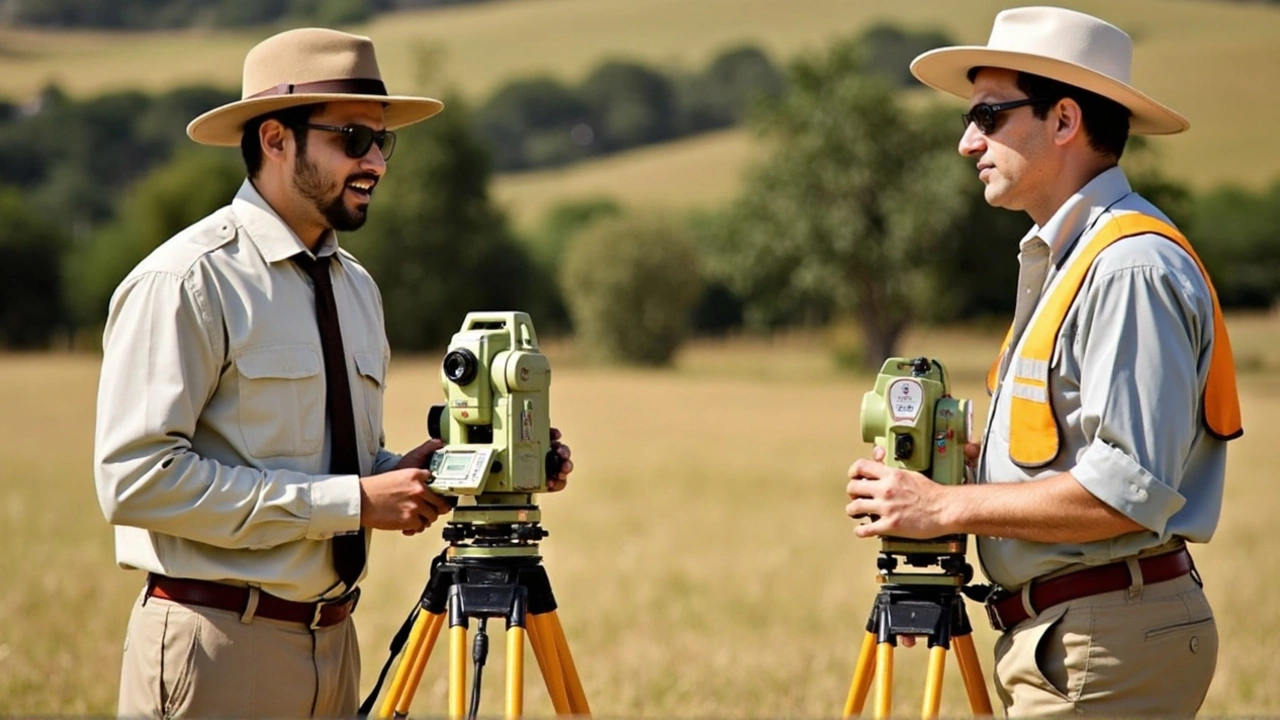Mutation Explained: Simple Guide to DNA Changes
Ever heard someone say a gene "mutated" and wondered what that actually means? A mutation is just a change in the DNA code – the set of instructions that tell our bodies how to work. It’s like fixing a typo in a massive instruction manual. Sometimes the typo is harmless, sometimes it can cause big differences, and occasionally it leads to new traits that help a species survive.
Types of Mutations You Should Know
Mutations come in a few basic flavors. The easiest to picture are point mutations, where a single DNA letter swaps out for another. This can turn a word like "cat" into "cut" – a small change that might alter a protein’s shape.
Another common kind is insertion or deletion (often called indels). Imagine adding or removing a whole sentence from a paragraph; the whole meaning can shift. In DNA, adding extra letters or losing some can shift the reading frame, leading to a completely different protein.
Copy number variations are bigger jumps – whole sections of DNA get duplicated or lost. This can boost the amount of a certain protein or cut it off entirely.
Lastly, there are chromosomal rearrangements like inversions, translocations, or large deletions. These shuffle large pieces of DNA around, sometimes creating new gene combos or breaking existing ones.
How Mutations Affect Health, Evolution, and Everyday Life
Not all mutations are bad. Some are neutral – they don’t change anything noticeable. Others are beneficial, giving an organism an edge. For example, a mutation that lets a moth blend better with its environment can help it avoid predators.
When a mutation hurts, it can lead to diseases. A single‑letter change in the CFTR gene causes cystic fibrosis, while many cancers start with mutations that let cells grow unchecked.
Our bodies actually rely on mutations over long periods to evolve. Every new trait – from brighter eye colors to resistance to certain infections – started as a tiny DNA change that proved useful.
On a personal level, knowing about mutations helps with health decisions. Genetic testing can spot inherited risks, letting you and your doctor plan early screenings or lifestyle tweaks.
Mutations also show up in everyday tech. Scientists use engineered mutations to create insulin, vaccines, or crops that survive drought. In labs, they deliberately change DNA to study how proteins work, leading to new medicines.
So, whether you’re reading a news article about a new COVID variant or hearing about a rare genetic disorder, remember it all boils down to tiny changes in the DNA script. Most of the time, life carries on just fine, but those few changes can spark big stories.
Understanding the basics of mutation gives you a clearer view of why we’re alike, why we differ, and how science can shape the future. Keep an eye on reliable sources, ask doctors about family history, and stay curious – the world of DNA is full of surprises, and a little knowledge goes a long way.

The Bihar land survey process keeps changing, and the latest directive targets crucial steps in property mutation. While survey deadlines now stretch to December 2026, people are watching to see when and how property ownership records will be updated. Here’s what the new move could mean for landowners.
